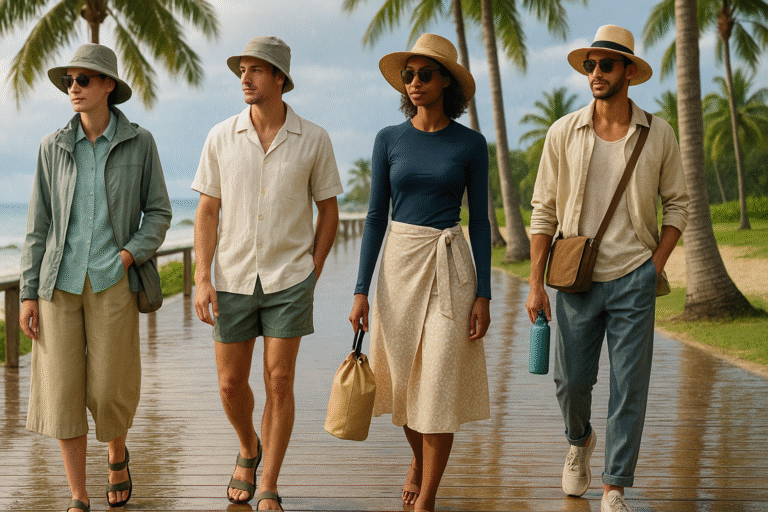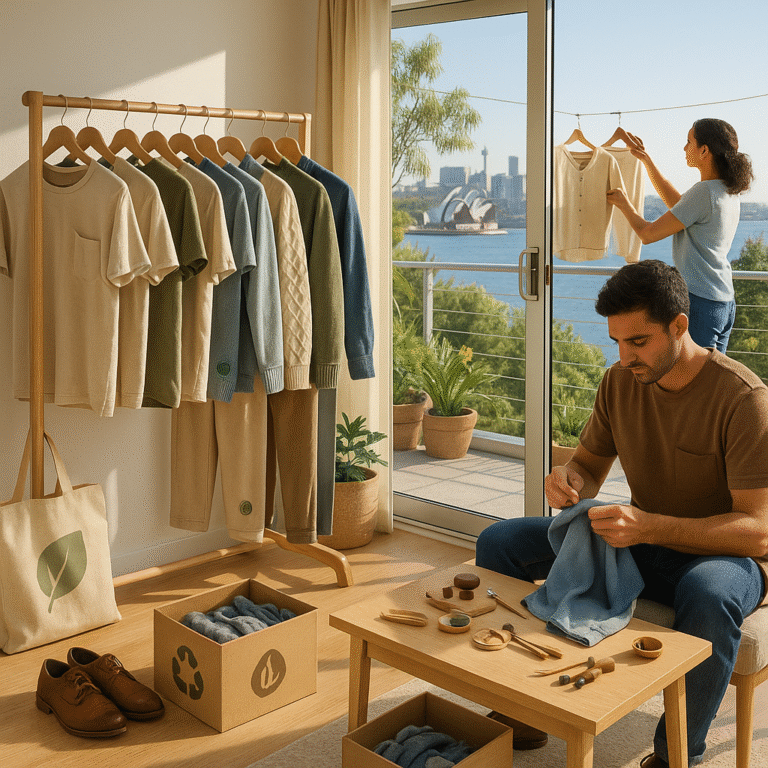Australian fashion’s rise has been powered by designers who meld craftsmanship with an easy modernity rooted in the country’s landscape and cultural diversity. Collette Dinnigan helped set the international stage by becoming one of the first Australian designers to present a ready-to-wear collection in Paris, demonstrating that delicate lacework and meticulous hand-finishing could travel from Sydney studios to the world’s most demanding runways. Her work suggested a distinctly Antipodean romance—light, effortless, and technically exacting.
Carla Zampatti, an Italian-born Australian, shaped a blueprint for power dressing that sidestepped stiffness. Through clean lines, sharp suiting, and unfussy glamour, she proposed a wardrobe where authority and femininity coexist. Her legacy also includes mentoring young talent and advocating for women in business, showing fashion’s influence extends far beyond fabric.
Equally pivotal is Akira Isogawa, who introduced a sculptural, textile-forward sensibility. Known for hand-dyeing, layering, and origami-like draping, Isogawa fuses Japanese techniques with Australian minimalism. He approaches fabric as a living medium, demonstrating that innovation can be quiet, intimate, and deeply artisanal.
Modern labels such as Zimmermann translated beach culture into high fashion without cliché. Their signature prints, artful ruffles, and resort-ready silhouettes reframe “vacation dressing” as sophisticated luxury, now sold globally and favored by stylists for editorial clarity and wearability. Meanwhile, Dion Lee advanced a language of architectural tailoring. Through engineered cut-outs, modular seams, and corsetry reinterpreted for daywear, Lee situates Australian fashion in dialogues around structure, movement, and the body.
Sustainability has become a defining Australian contribution. Bassike built a business on organic cotton, local manufacturing, and elevated basics that prove restraint can feel luxurious. KitX by Kit Willow experiments with certified materials and supply chain transparency, treating circularity not as trend but as ethos. Brands like Aje and Christopher Esber add to the mix by balancing craftsmanship with contemporary silhouettes that travel easily from coastal cities to global capitals.
Indigenous-led labels are reshaping the narrative. Designers and collectives work with artists and communities, embedding Country and story into garments. The result is not only distinctive surface design but a re-centering of fashion as cultural practice and economic empowerment. Collaborations, ethical licensing of artworks, and community-driven production models exemplify a more equitable path forward.
What binds these designers is their refusal to imitate established fashion capitals. Instead, they draw from sunlight, space, and a pragmatic Australian sensibility—clothes that are worn hard and loved long. They lean into multidisciplinary collaboration: partnering with artists, staging shows in unlikely venues, and treating garments as both utility and artifact. From Paris runways to red carpets and concept stores, Australian fashion has moved beyond novelty. It offers a set of principles—clarity of line, material intelligence, ethical purpose—that feels increasingly essential in a crowded industry. In doing so, these designers prove that innovation thrives where curiosity, craft, and cultural respect align.









